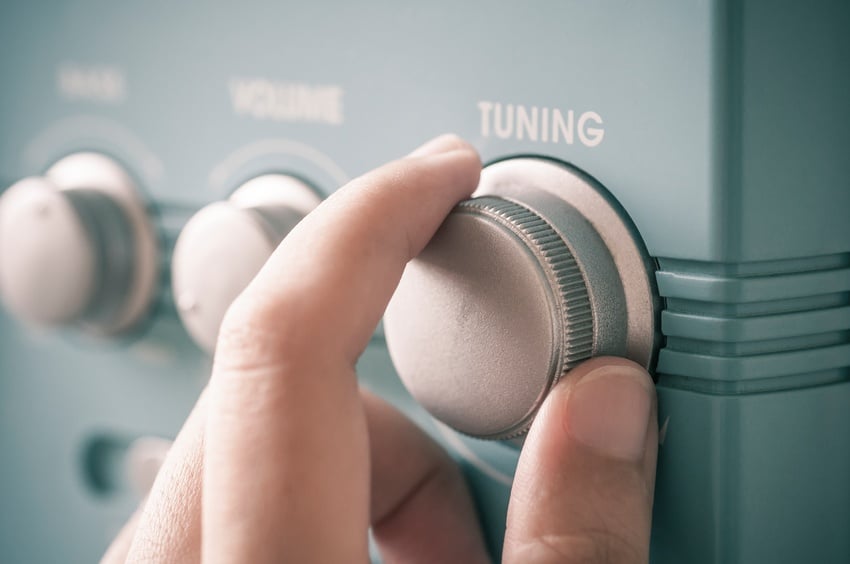Missouri Marketing Resource Blog

5 Reasons Your Marketing Will Suffer Without Radio in 2017

With the boom of social media and other digital channels people use to get their information, it’s easy to write off radio as a medium of yesteryear. However, this couldn’t be further from the truth. The fact is more people than ever are listening to radio, albeit in different ways dictated by advancements in technology.
The bottom line is: Don’t write off radio advertising in 2017. Here are five of the most important reasons why.
1. Radio is still popular, people just listen differently
According to a recent study by Nielsen, more than 90 percent of adults listen to radio at some point every week. The same study also indicates similar hours of listening across demographics, from Baby Boomers to Millennials. So it’s not that people aren’t listening to radio anymore, in fact quite the opposite. They’re just adopting the ways they listen to new technologies like online streaming and smartphone applications. When people are on vacation, for example, they can use smartphone apps like TuneIn to listen to their favorite radio stations from home (if their favorite radio station doesn’t already have an app of its own).
2. Millennials listen to the radio
About 92 percent of Millennials listen to radio each week, according to Nielsen’s recent “State of the Media: Audio Today” report. This represents approximately 66 million listeners across the United States. This goes against conventional wisdom stating radio is merely for the older generation. It’s just that Millennials listen to the radio in different formats and with different technologies. Classic Hits and Alternative radio, for example, are more popular among Millennials than traditional news stations or sports talk. If you ignore radio marketing, you’ll miss out on a key channel to reach the Millennial generation.
3. Radio personalities haven’t lost their steam
Although the popularity of certain radio stations and formats might fluctuate, listeners will always tune in to listen to their favorite personalities. Whether they be a national figure like Howard Stern or a longtime local DJ, like Scotty from Clear 99 or Cosmo from Y107, personalities connect with listeners in a way many other kinds of media simply can’t. Once this connection is formed, listeners begin to rely on radio personalities as trusted sources of information. Finally, the voices of radio personalities are highly memorable, and having your product or service tied to those voices will allow your message to stick in the minds of consumers.
4. Radio and social work well together
One thing marketers are finding with digital technologies is that radio and social media actually work together very well at engaging listeners. Radio advertising is often now used to drive traffic to digital, website and social channels for businesses of all sizes. Radio also works with social media when it comes to promotions. You can run a radio ad asking people to follow your social accounts or Tweet a hashtag specific to your business in order to receive a coupon or some other form of promotion. You can use these “social spots” on radio not just to create more traffic, but to cement a fully integrated messaging approach to all of your channels, social and radio included.
5. Radio stations are involved in the community
Don’t underestimate the impact radio stations have in terms of the local community. Stations, hosts and personalities connect with their listeners both on air and off, and are often “woven into the fabric” by sponsoring charity events and alerting the public to key information. Listeners have always had a personal connection to their hometown radio station, and this really hasn’t changed in today’s environment. The benefit is that by advertising on radio, you’ll associate your business with a station that has a positive brand image and perception within the local community.
So now that you know why your advertising will suffer without radio, you’ll be able to formulate an effective radio marketing strategy (along with your partner) to reach even more people in your target market.

